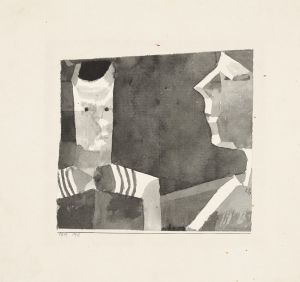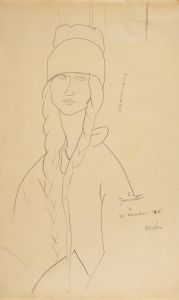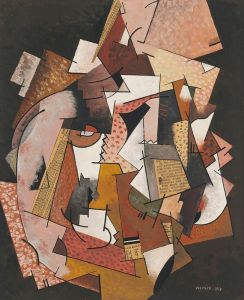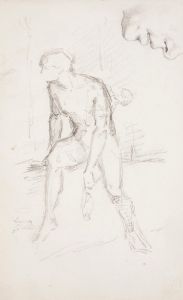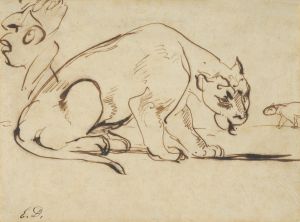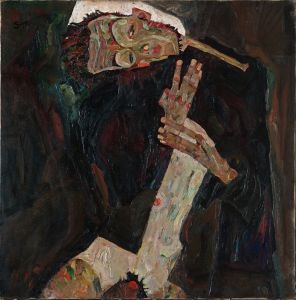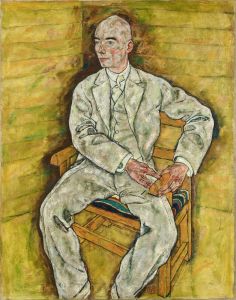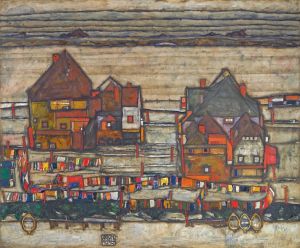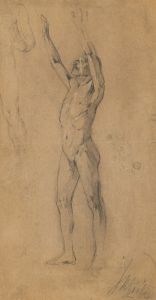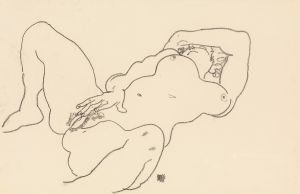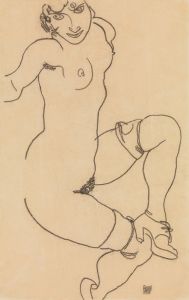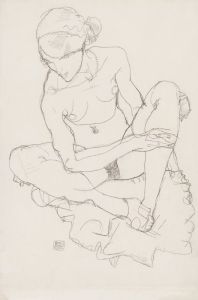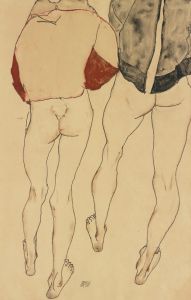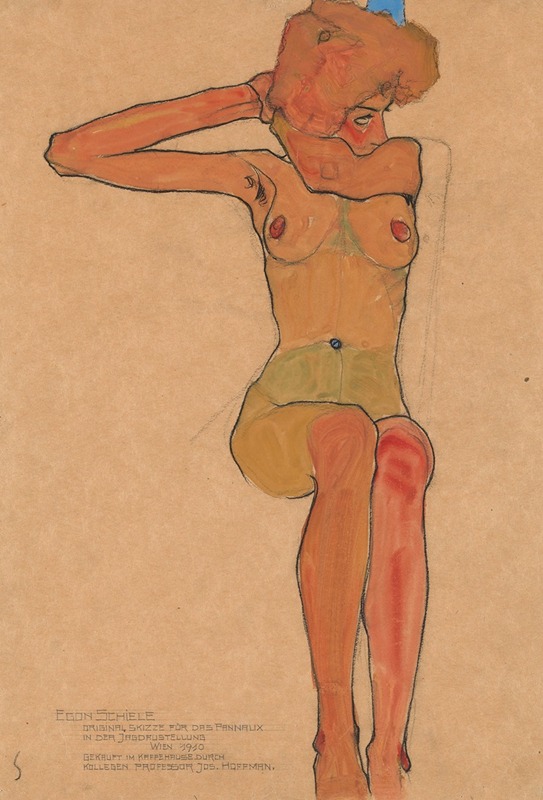
Mädchenakt
A hand-painted replica of Egon Schiele’s masterpiece Mädchenakt, meticulously crafted by professional artists to capture the true essence of the original. Each piece is created with museum-quality canvas and rare mineral pigments, carefully painted by experienced artists with delicate brushstrokes and rich, layered colors to perfectly recreate the texture of the original artwork. Unlike machine-printed reproductions, this hand-painted version brings the painting to life, infused with the artist’s emotions and skill in every stroke. Whether for personal collection or home decoration, it instantly elevates the artistic atmosphere of any space.
Egon Schiele was an Austrian painter known for his distinctive style and significant contribution to early 20th-century art. One of his notable works is "Mädchenakt," which translates to "Girl Nude" in English. Schiele's work is often characterized by its raw emotional intensity and unique approach to the human form, and "Mädchenakt" is no exception.
Egon Schiele was born on June 12, 1890, in Tulln an der Donau, Austria. He showed an early interest in art and went on to study at the Academy of Fine Arts in Vienna. Schiele was heavily influenced by Gustav Klimt, a leading figure of the Vienna Secession movement, and this influence is evident in his early works. However, Schiele quickly developed his own style, marked by expressive lines, bold colors, and an often provocative subject matter.
"Mädchenakt" is a prime example of Schiele's exploration of the human body and his departure from traditional representations of the nude. Unlike the idealized forms commonly found in classical art, Schiele's nudes are often depicted in contorted poses, with exaggerated features that convey a sense of vulnerability and introspection. This approach was part of Schiele's broader interest in capturing the psychological and emotional states of his subjects.
The painting "Mädchenakt" reflects Schiele's fascination with the human figure and his skill in rendering it with both precision and abstraction. The figure in the painting is typically portrayed with elongated limbs and a stark, almost skeletal appearance, which is a hallmark of Schiele's style. The use of line in "Mädchenakt" is particularly noteworthy; Schiele's lines are both delicate and assertive, creating a dynamic tension within the composition.
Schiele's work, including "Mädchenakt," often sparked controversy due to its explicit content and the artist's unflinching portrayal of sexuality and the human condition. During his lifetime, Schiele faced both critical acclaim and public scandal. In 1912, he was even briefly imprisoned on charges of immorality, although these charges were largely related to his drawings rather than his paintings.
Despite the controversies, Schiele's work has had a lasting impact on the art world. His exploration of the human form and psyche paved the way for future generations of artists who sought to break free from traditional constraints and explore more personal and expressive forms of art. Today, Schiele is celebrated as one of the leading figures of Austrian Expressionism, and his works, including "Mädchenakt," are held in high regard for their innovative approach and emotional depth.
Egon Schiele's life was tragically cut short when he died of the Spanish flu on October 31, 1918, at the age of 28. Despite his brief career, Schiele produced a substantial body of work that continues to be studied and admired for its boldness and originality. "Mädchenakt" remains a testament to Schiele's unique vision and his ability to capture the complexities of the human experience through art.





